Mastering the Art of Networking:
Strategies to Build Meaningful Connections
Building meaningful connections is a crucial skill in both personal and professional spheres. Networking opens doors to opportunities, collaboration, and personal growth. However, mastering the art of networking requires more than simply collecting business cards. In this blog post, we will explore strategies to build meaningful connections that can propel your personal and professional life forward.
Understand the Purpose of Networking
Understanding the purpose of networking is essential to starting your networking journey. Networking is not just about self-promotion; it’s about establishing mutually beneficial relationships. By shifting your focus from ‘What can I gain?’ to ‘How can I add value?’, you’ll create a solid foundation for building meaningful connections.
And the success of your relationship building depends on having a clear strategy. Therefore, setting clear goals is essential. Determine what you want to achieve through networking. Are you seeking career opportunities, mentorship, or industry knowledge? Defining your goals will help you focus your efforts and make meaningful connections aligned with your objectives.
One of the challenges with building connections is knowing what to say to someone you’re meeting for the first time. So to prevent that awkward, uncomfortable silence, decide how you will introduce yourself. An elevator pitch is a great way to tell your story and break the ice.
Develop an Elevator Pitch
Crafting a compelling elevator pitch is a powerful tool in networking. It’s a concise introduction that effectively communicates who you are, what you do, and why you are passionate about it. Use transition words like “furthermore” or “additionally” to smoothly convey your pitch, leaving a lasting impression on the person you are connecting with. Creating an effective elevator pitch is crucial for making an impactful impression and sparking interest in a short amount of time.
Here are three practical tips to help you craft a compelling elevator pitch.
- Keep it Concise and Clear – The essence of an elevator pitch is to convey your message succinctly and clearly. You only have a moment to capture someone’s attention, so make every word count. Aim to keep your pitch between 30 to 60 seconds.
- Focus on the Value Proposition – Highlight the unique value you bring deliver. Be sure to clearly communicate what problem you solve or the benefit you offer.
- Tailor to the Audience – Adapt your elevator pitch to suit the context and the person you are speaking to. Consider the needs and interests of your listener and tailor your pitch accordingly.
Bonus Tip: Practice, Refine, and Seek Feedback
Crafting a powerful elevator pitch takes practice. Practice delivering your pitch in front of a mirror or to a trusted friend or colleague. Pay attention to your tone, body language, and pacing. Refine your pitch based on their feedback and make adjustments as necessary.
Follow these practical tips to create an elevator pitch that grabs attention, clearly communicates your value, and leaves a memorable impression on your listeners.
Want help crafting your elevator pitch? Download my Introduction Statement Cheat Sheet.
Four Tips to Build Meaningful Connections
- Attend Industry Events and Conferences – Industry events and conferences provide fertile ground for networking opportunities. Research and identify relevant events in your field. Participate actively in panel discussions, workshops, and breakout sessions. Engage with fellow attendees, ask thoughtful questions, and exchange contact information. Remember that networking is not limited to formal events—informal gatherings also lead to valuable connections.
- Leverage Online Platforms – In the digital age, online platforms offer immense networking potential. Utilize social media platforms like LinkedIn, Twitter, and professional online communities to expand your network. Share valuable content, engage in industry-specific discussions, and connect with like-minded professionals. Use appropriate transition phrases such as “in addition” or “moreover” when introducing new ideas or highlighting the benefits of online networking.
- Nurture Relationships with Follow-Ups – Networking doesn’t end after the initial connection—it requires consistent effort. After networking events or online interactions, follow up with the individuals you’ve connected with. Send personalized messages expressing your interest in continuing the conversation, offering help, or sharing relevant resources. Consistent follow-ups demonstrate your commitment to building meaningful connections.
- Seek Opportunities for Collaboration – Collaboration is a powerful way to deepen connections and build lasting relationships. Look for opportunities to collaborate on projects, joint ventures, or initiatives within your industry. Combining your skills and expertise with others creates valuable outcomes, strengthens your network, and fosters a sense of community.
The Art of Networking
Mastering the art of networking requires a mindset shift from self-promotion to mutual value creation. By understanding the purpose of networking, setting clear goals, crafting an elevator pitch, attending industry events, leveraging online platforms, nurturing relationships, and seeking collaboration, you can build meaningful connections that enhance your personal and professional growth. Start implementing these strategies today and unlock the vast potential that networking offers.

Lisa L. Baker is a professional life coach, career strategist, and keynote speaker. Lisa is the founder of Ascentim – a Maryland-based coaching practice that utilizes a unique G.R.O.W. process to help clients gain clarity, realize new possibilities, overcome obstacles, and win at life. Lisa shows high-performing professionals how to Level Up and Live the Life of Their Dreams.

